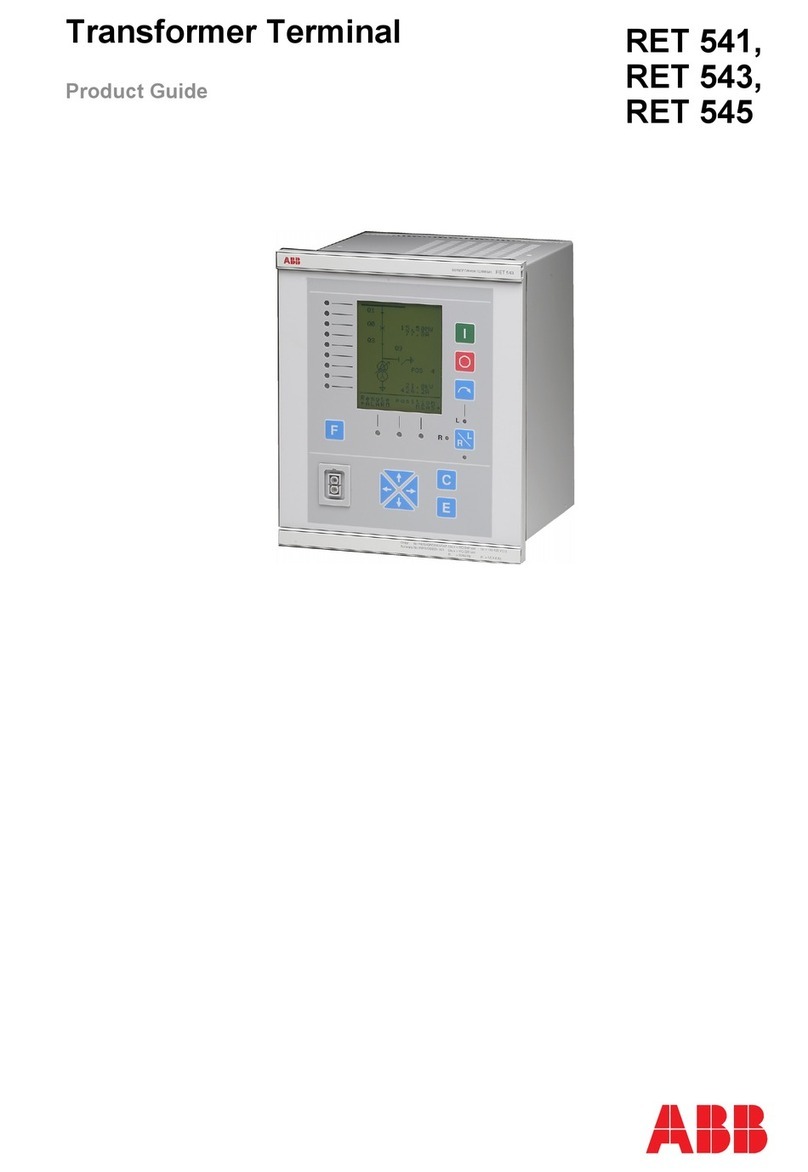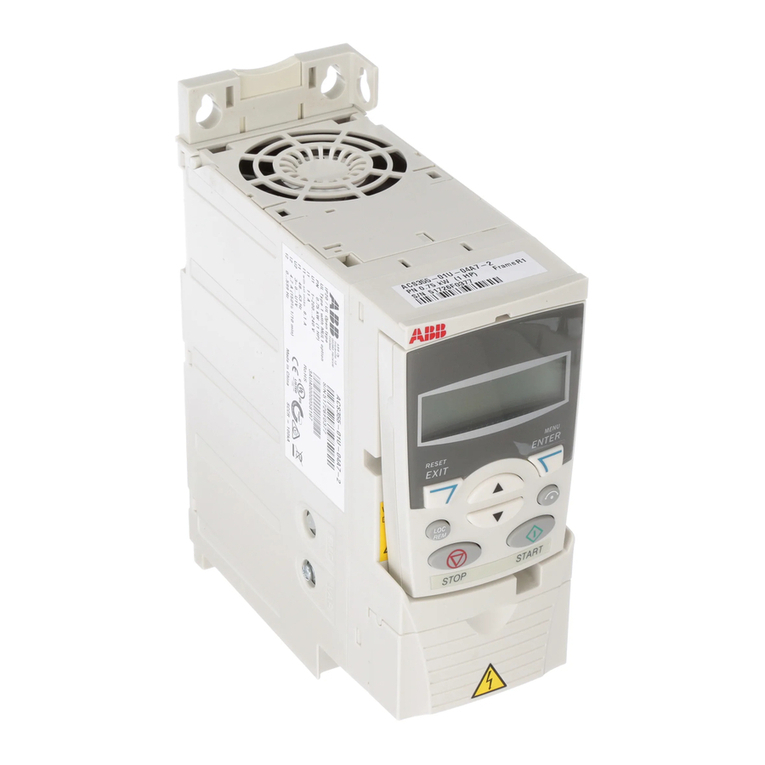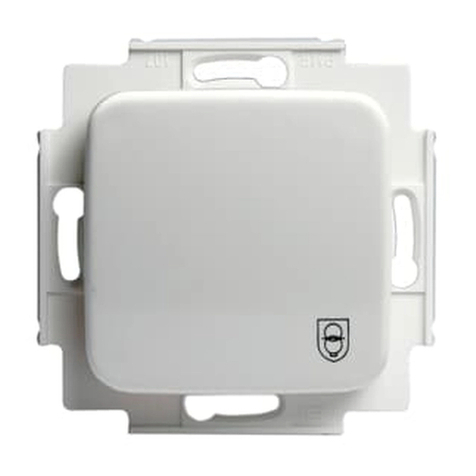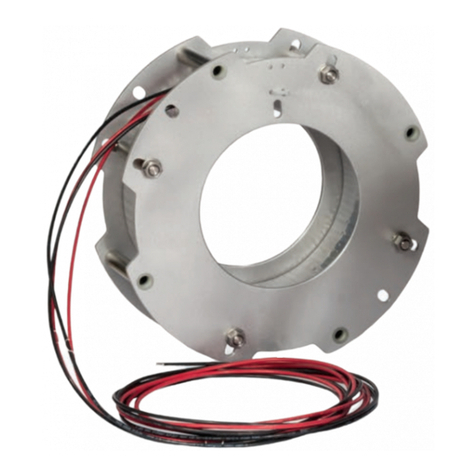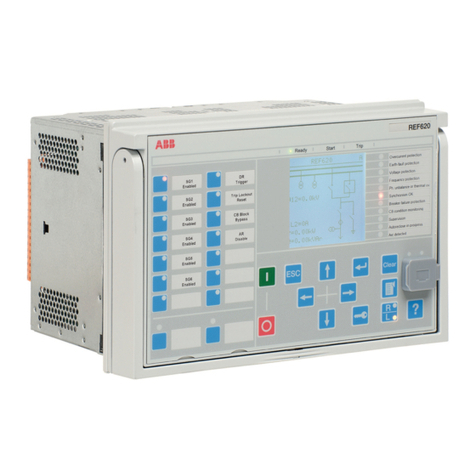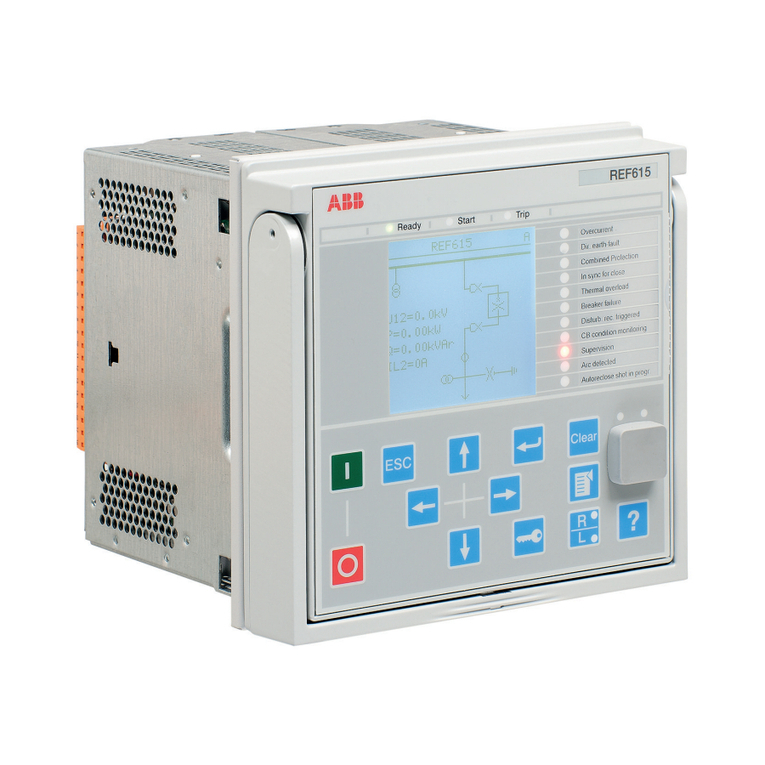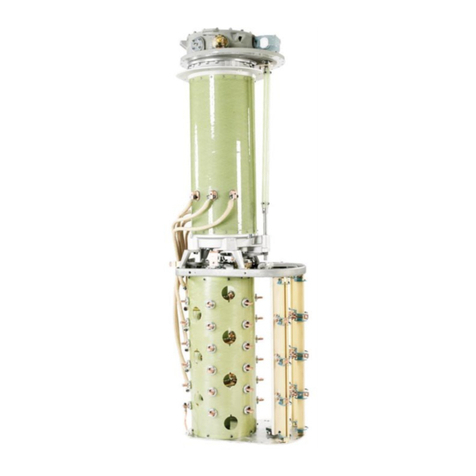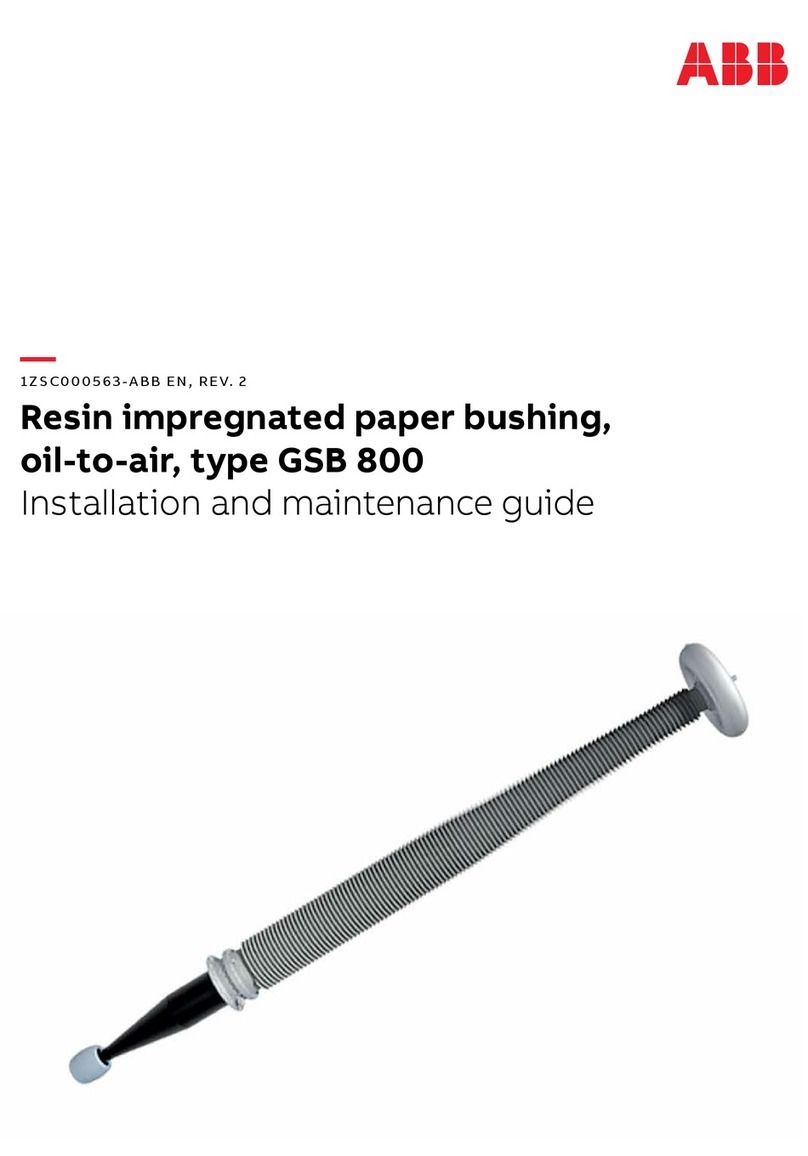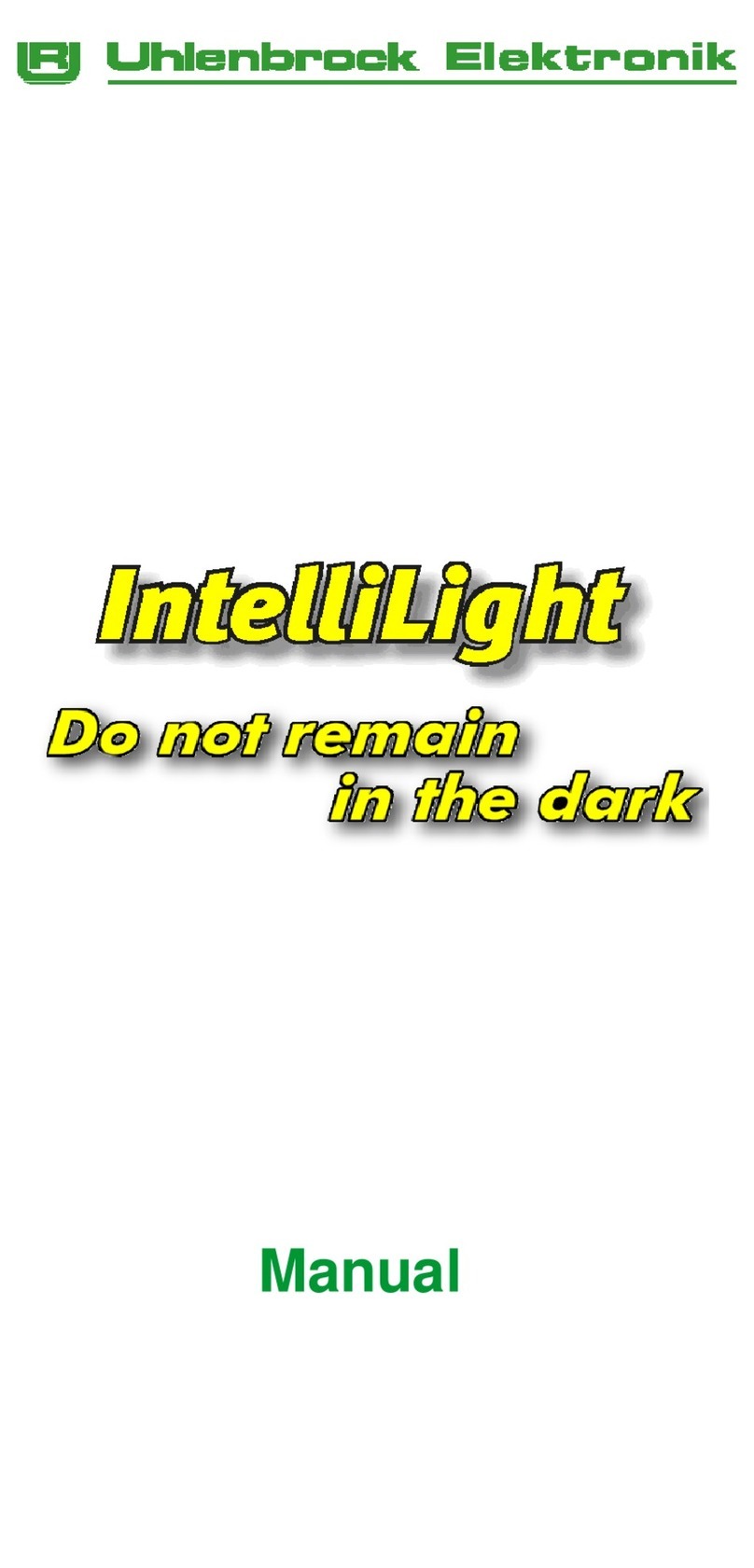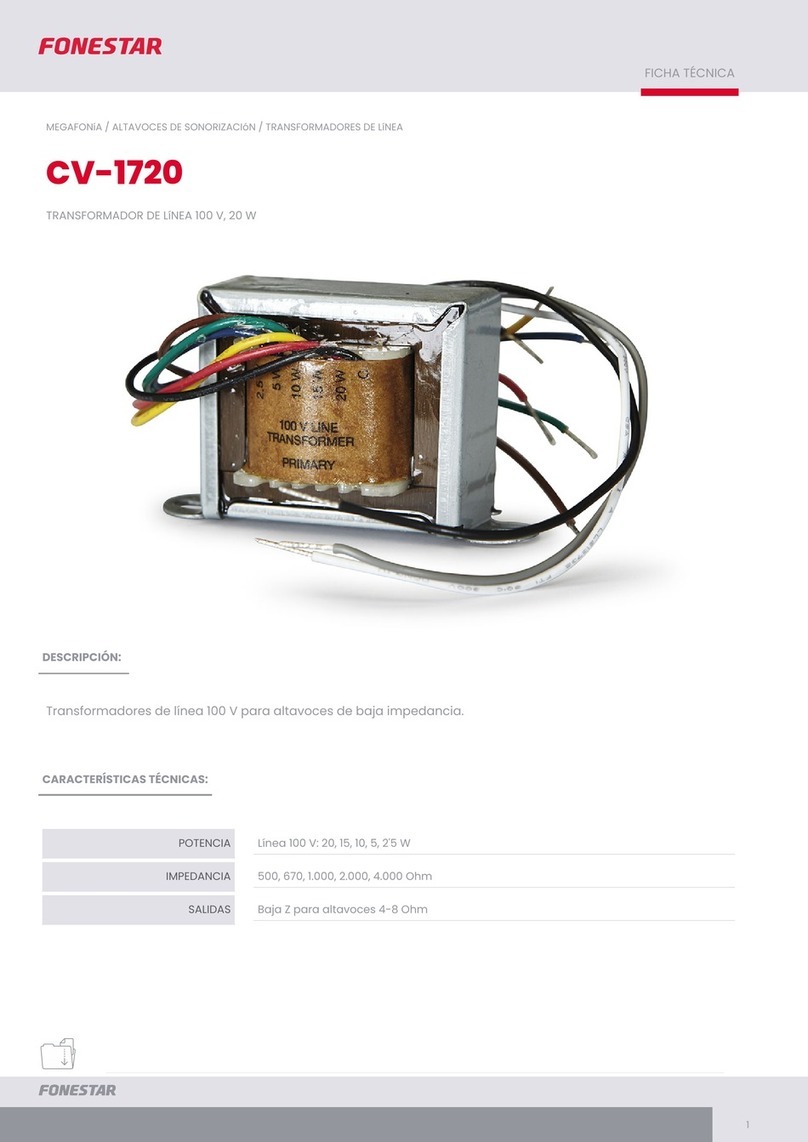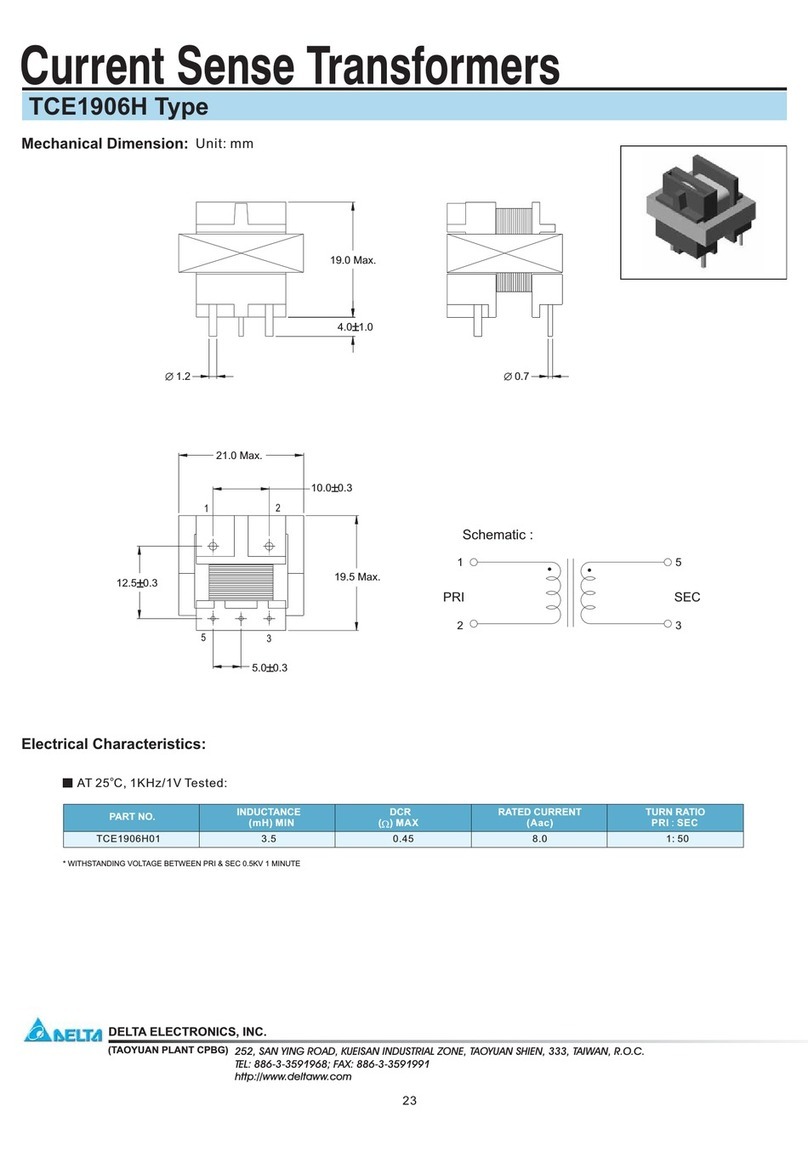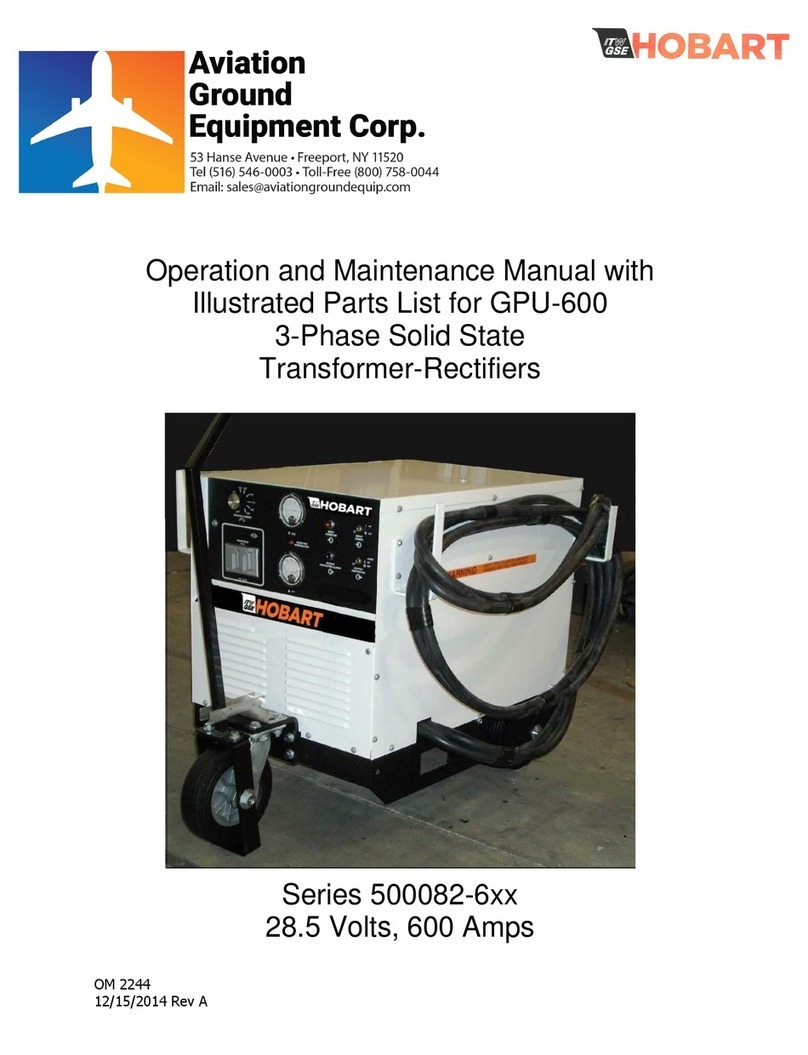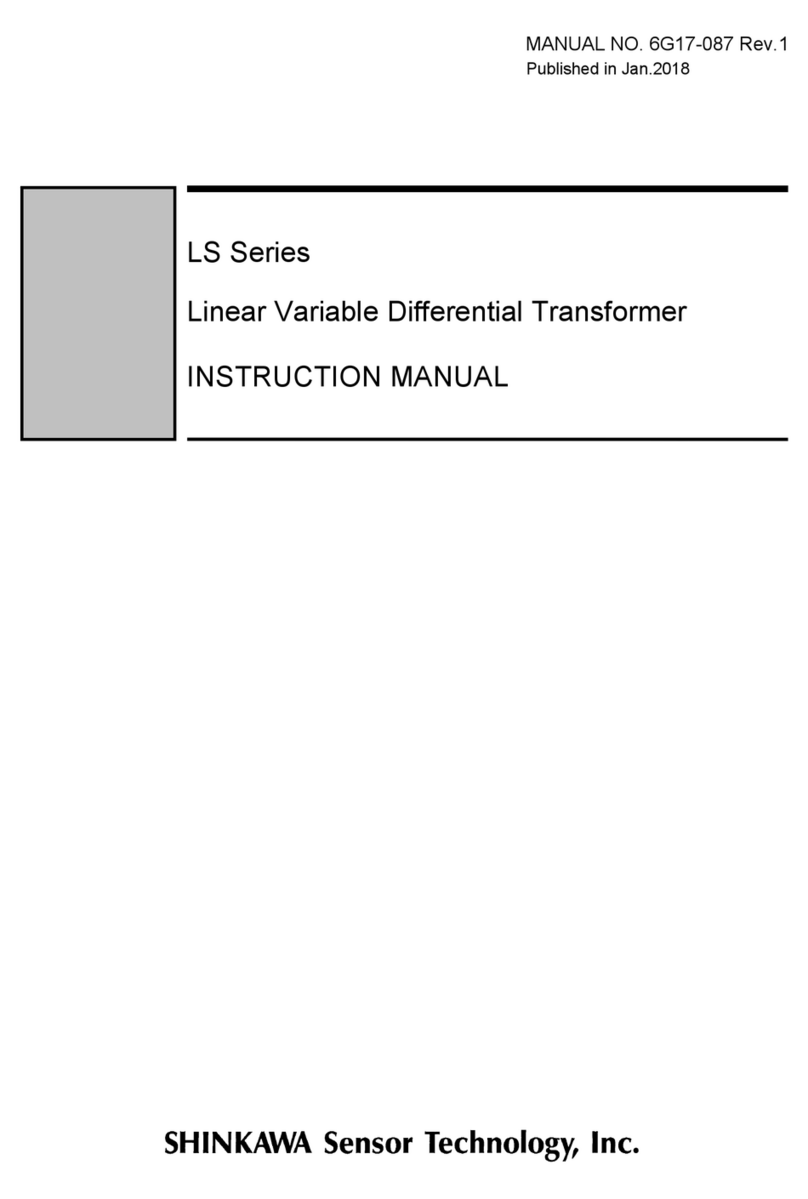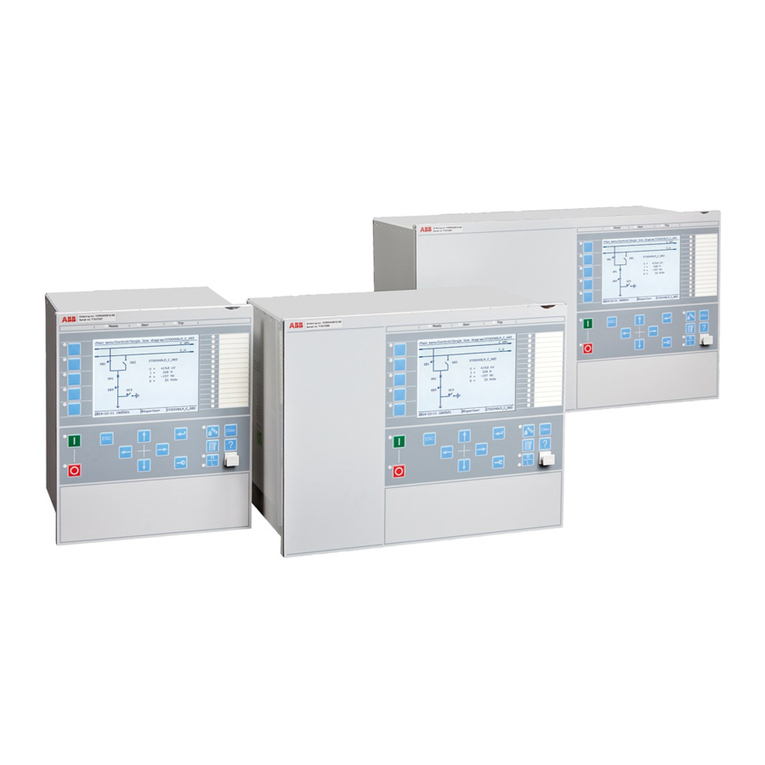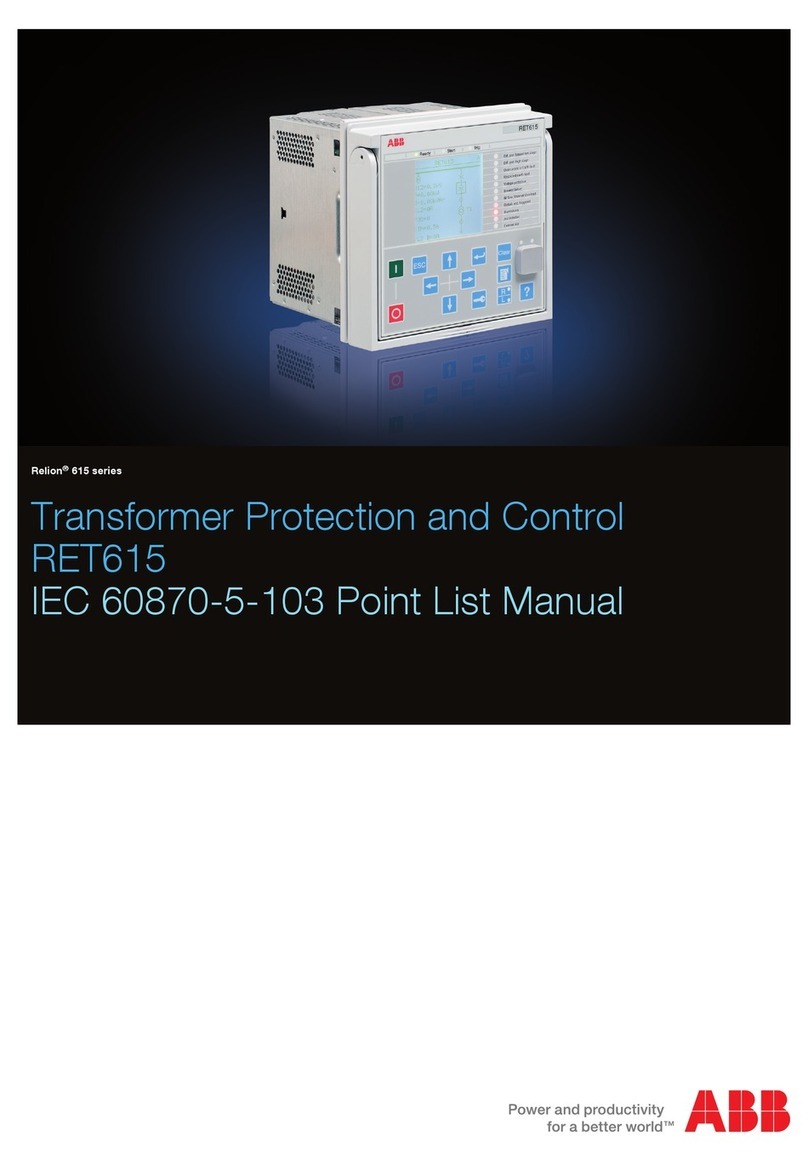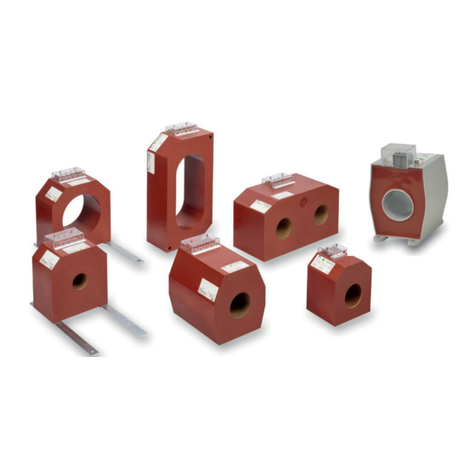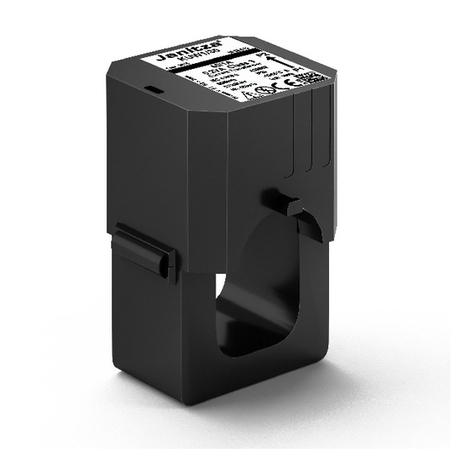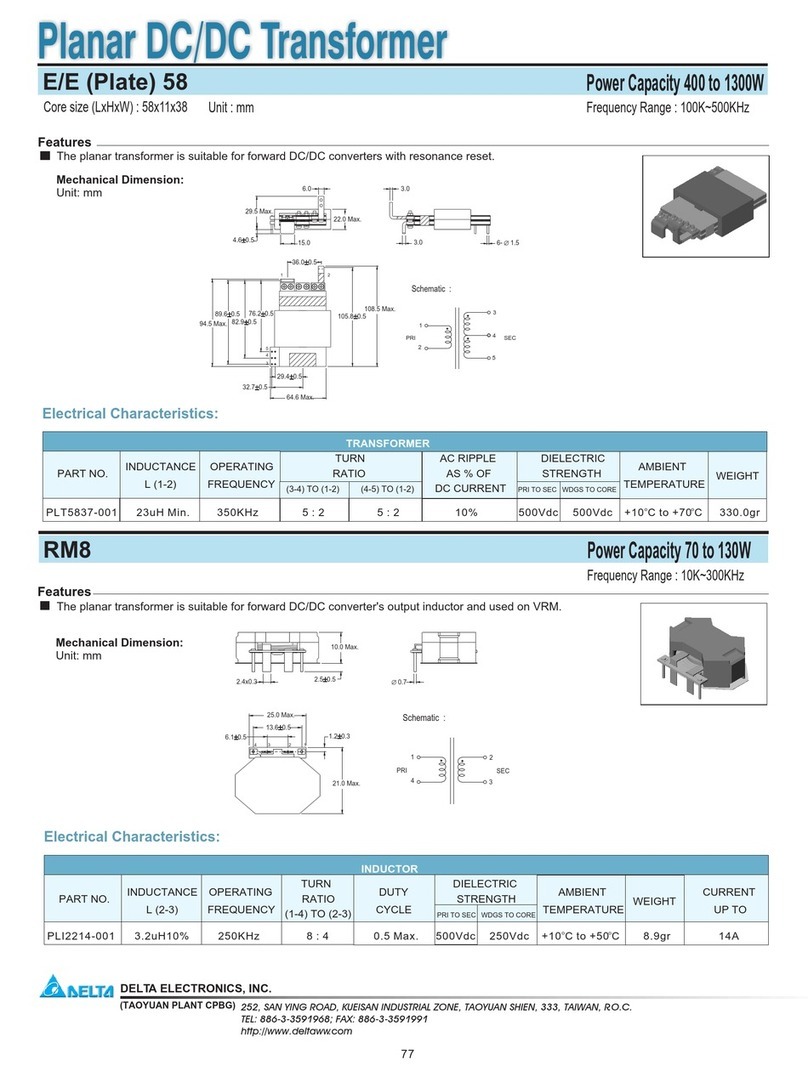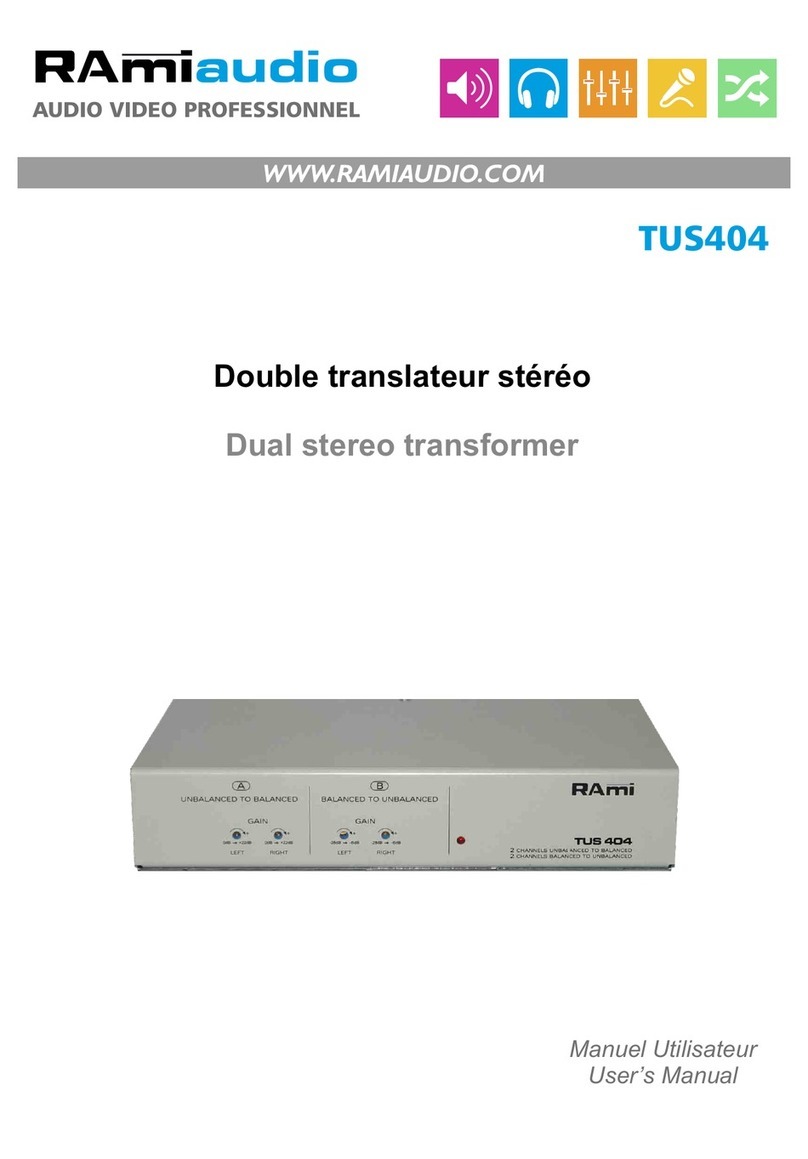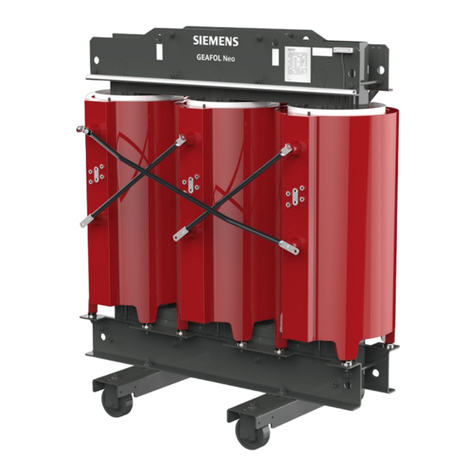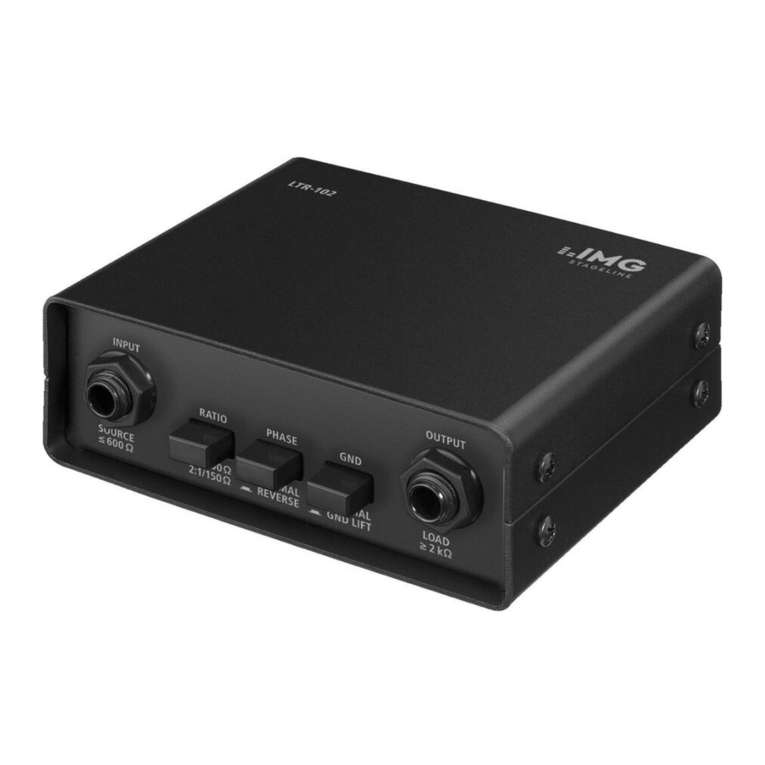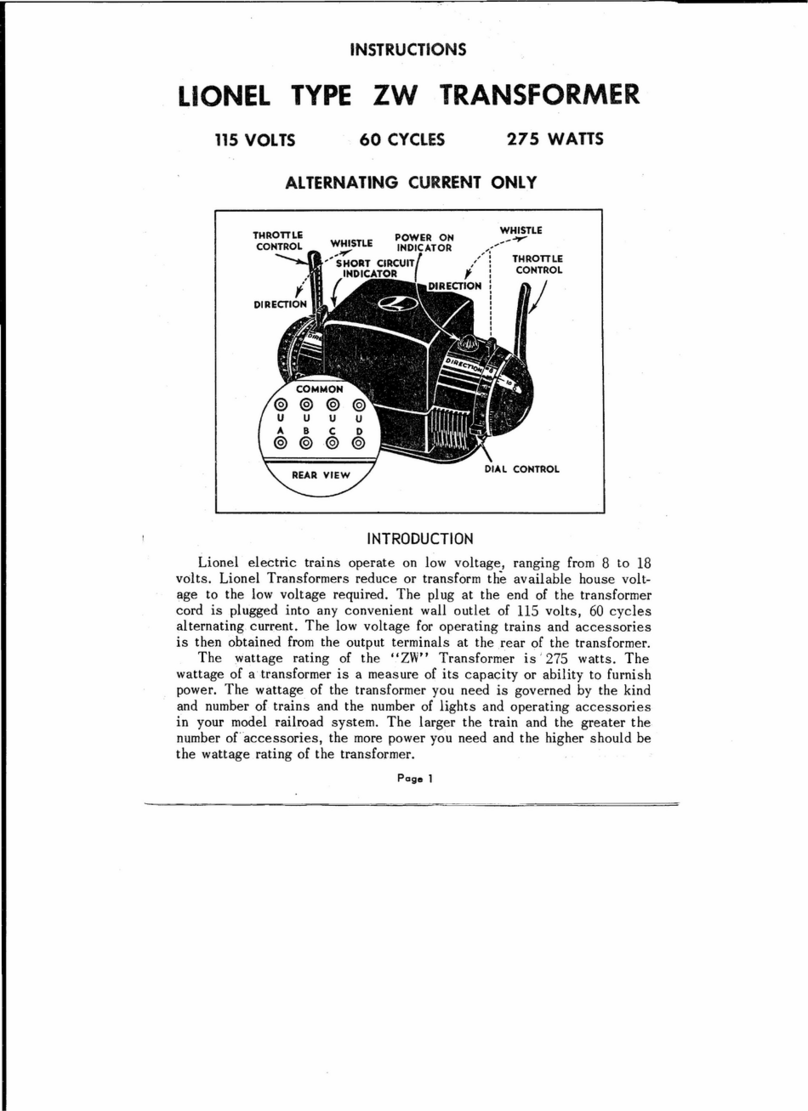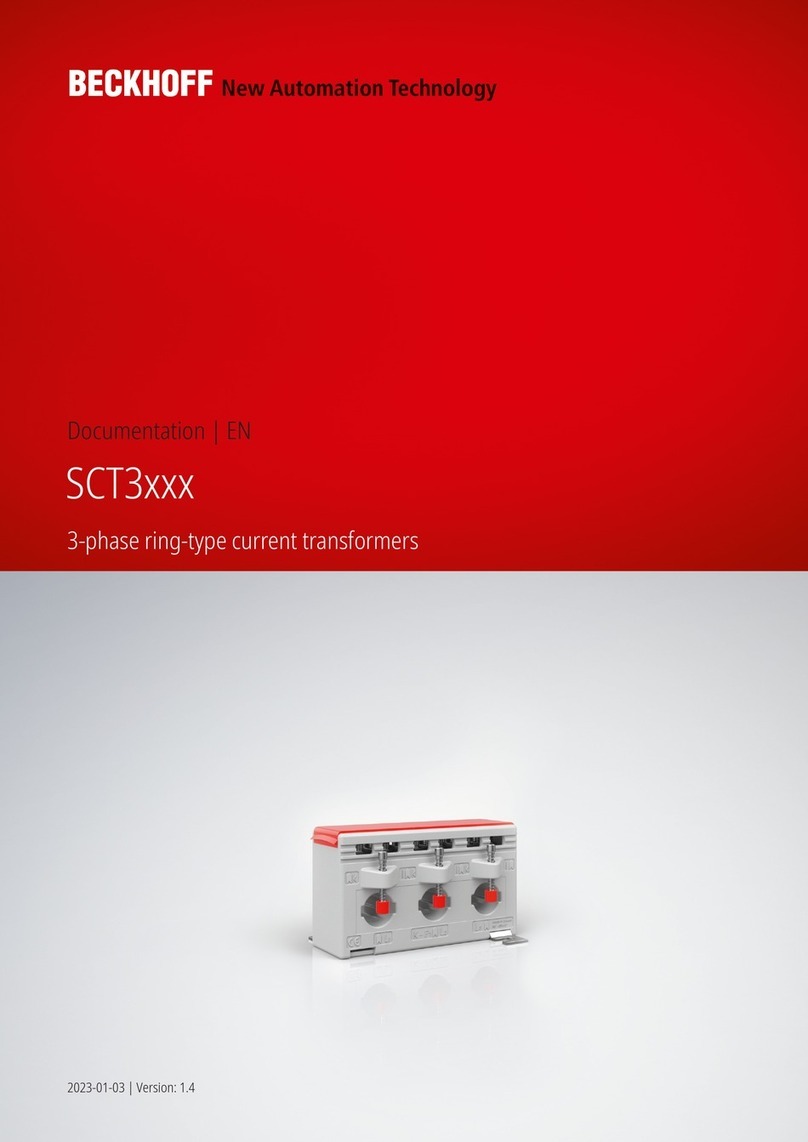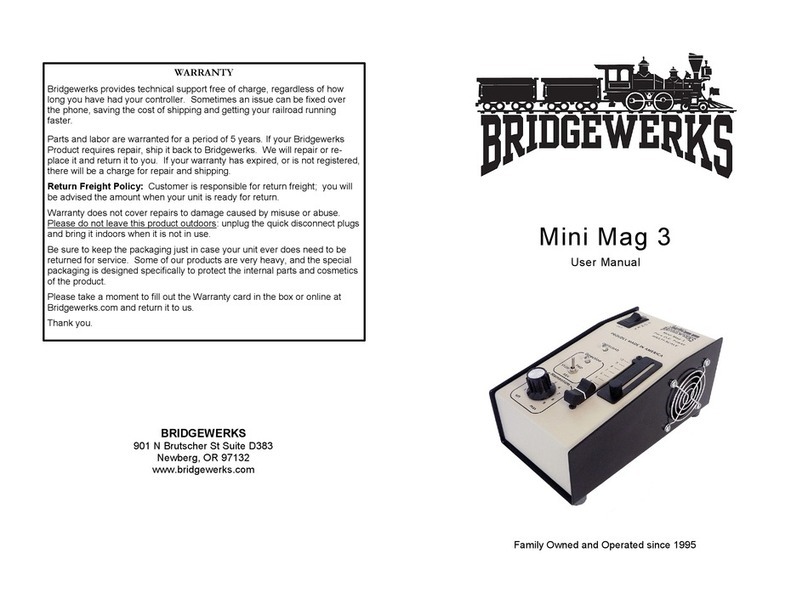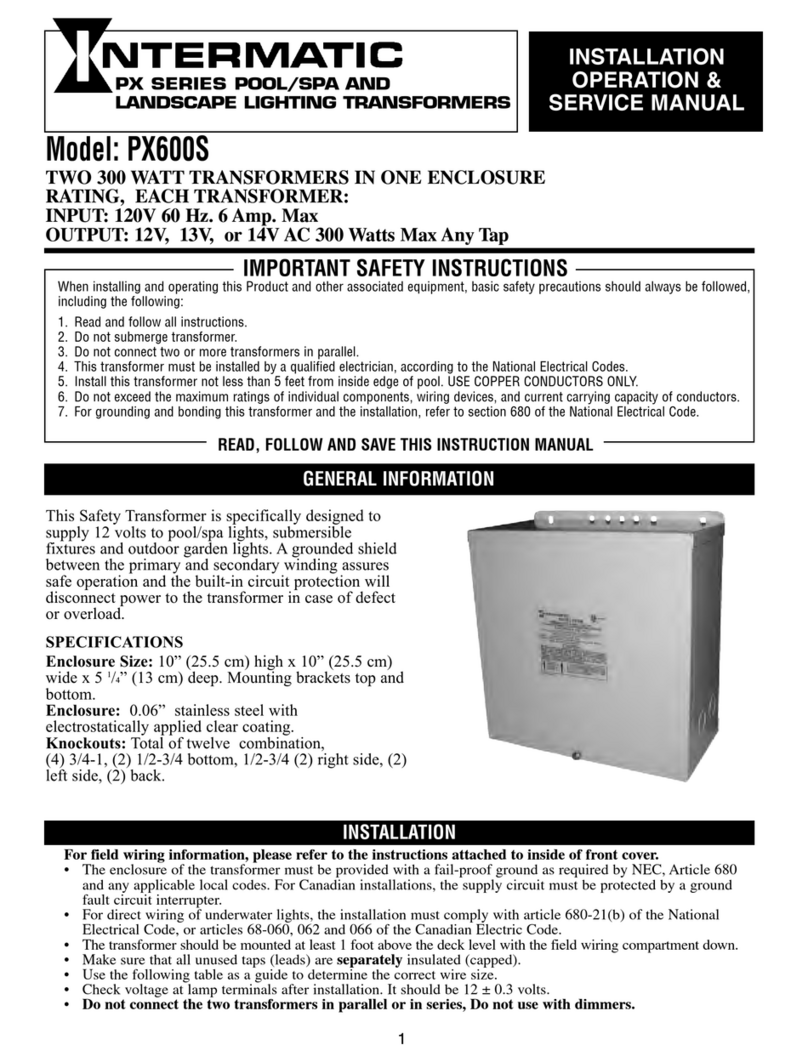
Installation and commissioning guide
1ZSC000563-ACF EN, REV. A, 2020-06-25
3
Contents
1 Safety 5
1.1 Levels of safety risks ................................................................................................................................................................... 5
1.2 Hazardous working situations ..................................................................................................................................................... 6
1.3 Safety precautions....................................................................................................................................................................... 6
1.4 Competence level........................................................................................................................................................................ 6
2 Product description 7
2.1 Design ......................................................................................................................................................................................... 7
2.2 Technical specification................................................................................................................................................................. 11
2.2.1 General specifications ............................................................................................................................................... 11
2.2.2 Mechanical loading.................................................................................................................................................... 11
3 Delivery 13
3 Incoming inspection..................................................................................................................................................................... 13
3.1 Transportation ............................................................................................................................................................................. 13
3.2 Storage........................................................................................................................................................................................ 13
3.3 Lifting........................................................................................................................................................................................... 14
3.3.1 Lifting the transport box............................................................................................................................................. 14
3.3.2 Lifting the bushing out of the transport box ............................................................................................................... 15
4 Installation 17
4.1 Tools ............................................................................................................................................................................................ 17
4.2 Consumables .............................................................................................................................................................................. 17
4.3 Preparations ................................................................................................................................................................................ 18
4.3.1 Installation of lifting tools ........................................................................................................................................... 18
4.3.2 Lifting the bushing for installation on the transformer................................................................................................ 20
4.4 Installation with draw lead ........................................................................................................................................................... 21
4.4.1 Installation with draw lead ......................................................................................................................................... 21
4.5 Installation with draw rod at transformer factory.......................................................................................................................... 25
4.5.1 Removal of the lower draw rod with bottom contact from the bushing ..................................................................... 25
4.5.2 Installation of the small bottom contact in the transformer ........................................................................................ 29
4.5.3 Installation of the large bottom contact in the transformer ........................................................................................ 30
4.5.4 Installation of the bushing on the transformer ........................................................................................................... 32
4.6 Installation with draw rod at site .................................................................................................................................................. 35
4.6.1 Preparations at site ................................................................................................................................................... 35
4.6.2 Installation of the bushing on the transformer at site................................................................................................. 38
4.7 Hydraulic tightening of the draw-rod nut...................................................................................................................................... 42
4.8 Manual tightening of the draw-rod nut......................................................................................................................................... 45
4.9 Minimum oil-level in transformer .................................................................................................................................................46
4.10 Installation of the outer terminal .................................................................................................................................................. 46
4.11 Grounding of the bushing flange ................................................................................................................................................. 49
